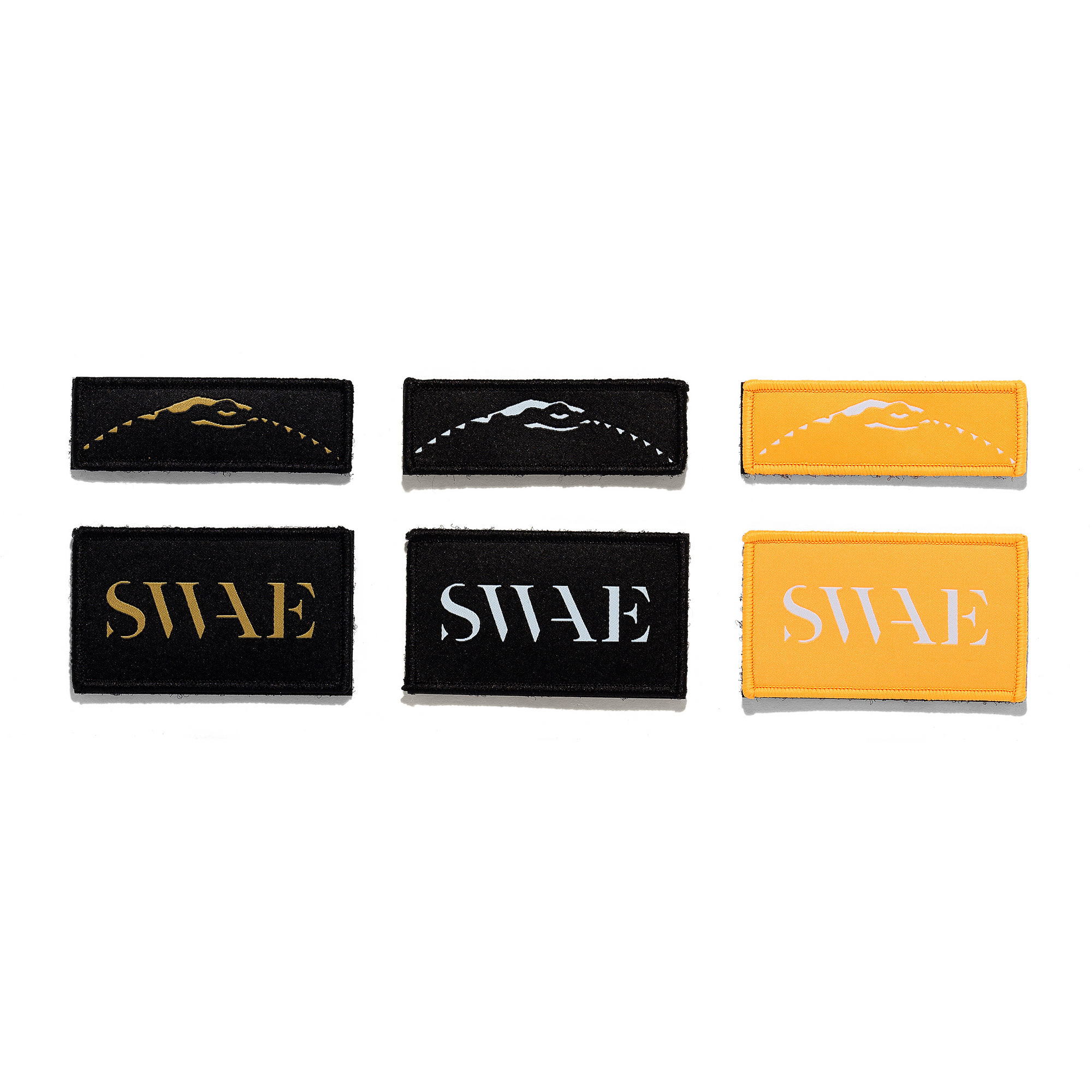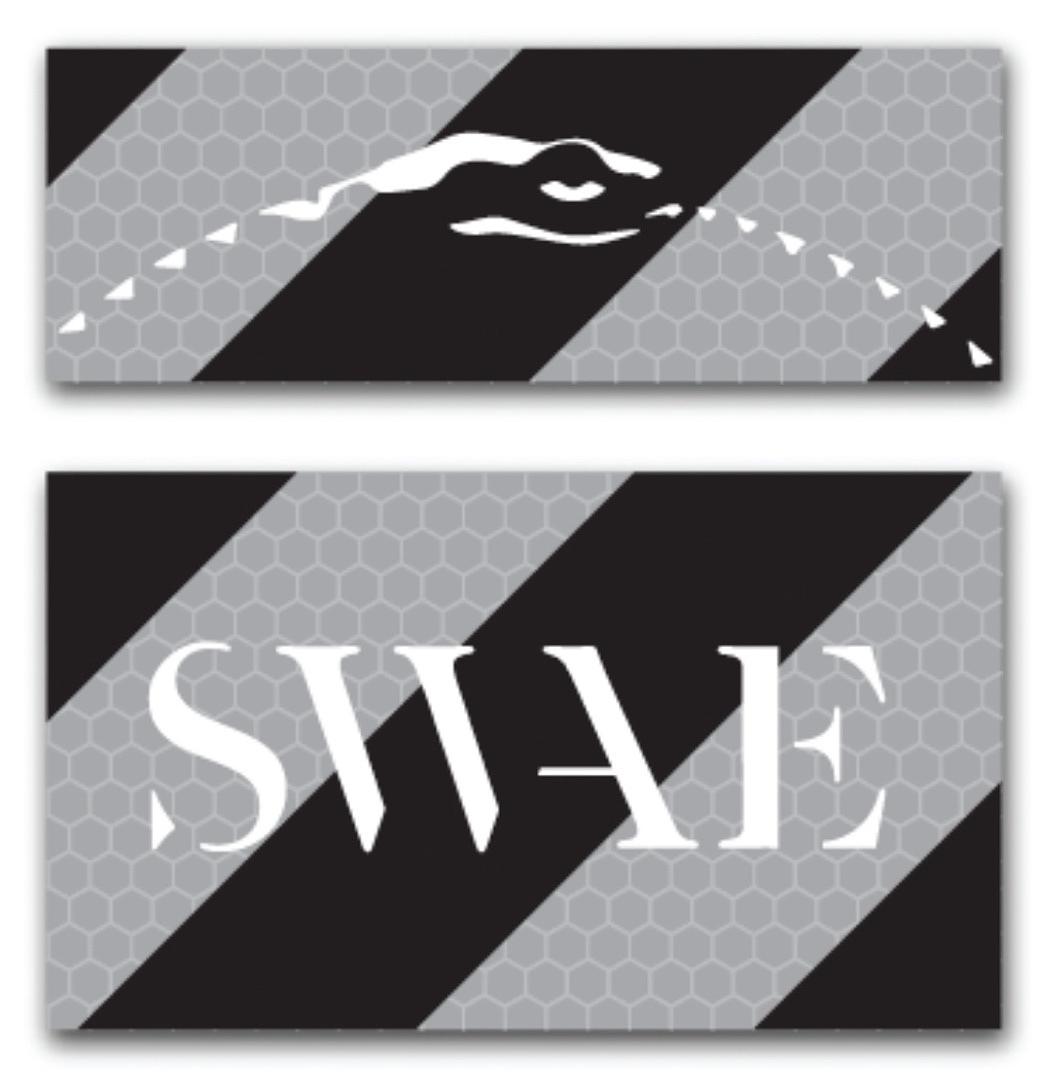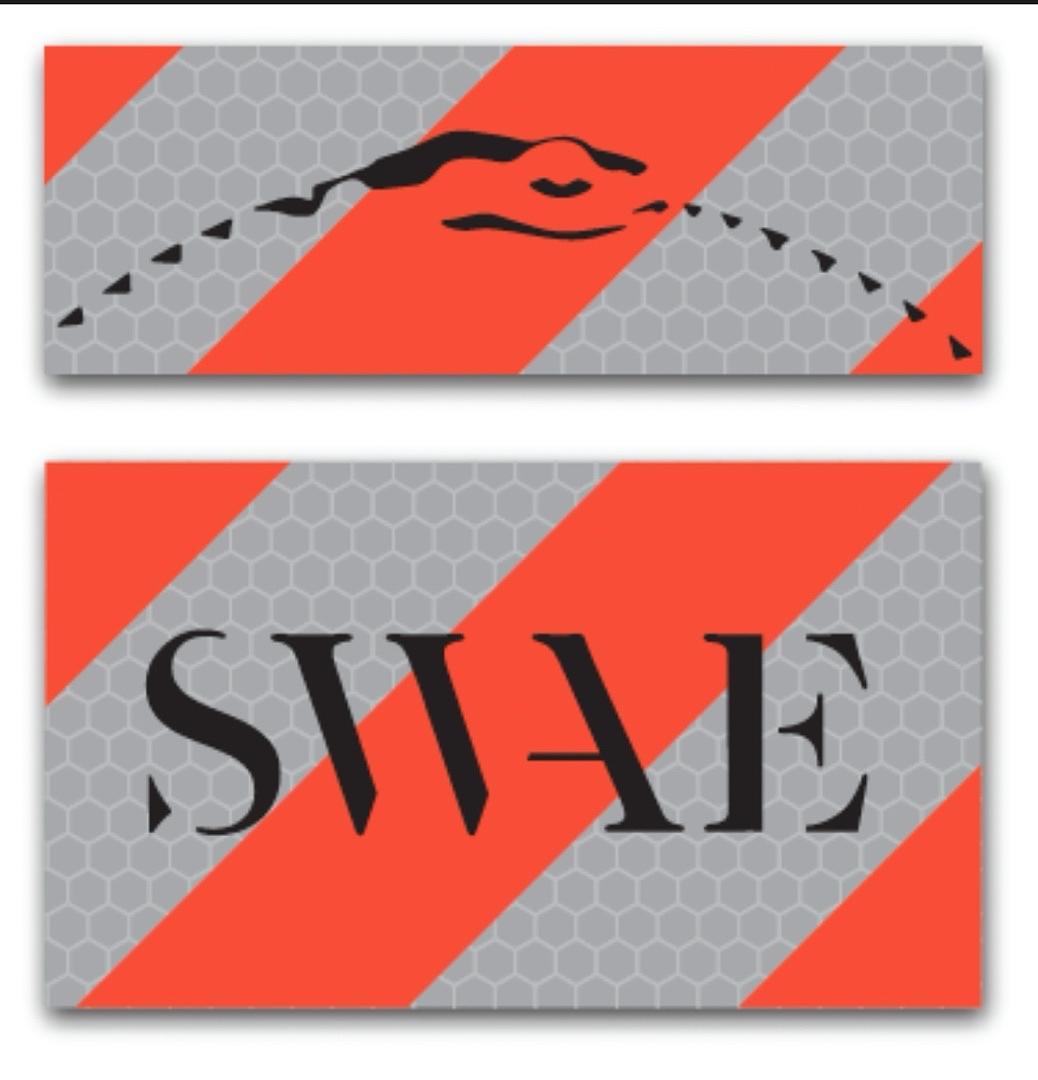Gear
FIGHTING THE ELEMENTS - THE THREE-LAYER SYSTEM.
Preparation for the long winter is an annual ritual every Montanan must face this time of year. As the weather changes, the leaves turn, snow-covered peaks in the distance, morning frosts, and elk herds retreat to the treeline, omens of the coming winter. Soon the earth will freeze solid, and snow will pile higher than most vehicles.
Roofs need to be inspected, windows insulated, and tires changed. This tradition survives to this day, passed down from generations past. But, it begs the question, how did the settlers and cattle drivers prepare for winter two hundred years ago when this wild country first settled in the 1800s? How did they manage to stay warm through what was then not only a cold and barren but isolated expanse?
The hunting frock was the quintessential jacket of the settler headed west. Layered with cotton undergarments that covered the entire body, the hunting frock would serve as the outer layer. Typically fashioned from deer hide using methods adopted from Native American tribes who first inhabited the region. The jackets were then processed using other parts of the animal to add a level of water-wicking to the exterior hide.
Most clothing was made exclusively by the wearer, so your sheep's wool was your primary insulator - a great way to keep heat in, but if it got wet, which could even happen from your body sweating, you were in for a miserable day. So began adopting the three-layer system - cotton undergarments to breathe, wool middle garment to insulate, and the deerskin frock as the outer layer to protect from moisture and harsh winds.
Steadfast Against the Cold
In the modern era, clothing and outerwear have made massive leaps while still holding to the same formula started so many years ago - the three-layer system. In 1996 UnderArmour released HeatGear - a garment made of polyester binding that is much more efficient than cotton at keeping body heat in and sweat from soaking through the base layer. The ability to keep the body cool while also containing the sweat produced has revolutionized not just outdoors and winter gear but also the world of sports and athletics.
Nesting middle layers have come a long way from old bulky wool-lined jackets. While some jackets are still wool based, the problem of water wicking persists. Goose down, polyester fleece, Merino wool, and synthetic fill comprise today's best mid-layers. When assembled into a lining, these are considered soft shell jackets.
The outer shell is a last line of defense between the wearer and the bitter life-threatening conditions of winter. It's also the vanguard level of protection from the bulk of the elements outside. OTTE Gear did an exceptional job creating the ideal outer shell loaded with incredible features. From being IR-resistant for hunting to being fireproof. Still, we will focus on jackets' contribution to this warmth ensemble. Oversized bulky jackets have slimmed down with the expansion of Gore-tec or Vertx-based hard shells. These outer layers keep the winter chill at bay by sealing in all the heat generated by the inner layers and are fully outfitted with rubber zippers and multiple drawstring points at the neck and base to ensure no heat is lost from the user. In addition, this malleable water-resistant fabric is hydrophobic - running the water right off. These advancements have shaved pounds off the wearer while allowing the movement to tackle whatever assignment is needed.
As cattlemen of the 1800's once geared up their saddles and layered up to chase their dreams across the range, we got out our snow tires and pulled on our Patrol Parka. Preparation is an art as much as a skill, but it can be the difference between life and death when the snow comes. So if your dreams take you down winter roads or rainy forests, trek with the latest advancements in apparel on your back. The manifestation of a dream comes from the preparation needed to see it through.
Featured Fits:
Julio, Trevin and Carlitos are wearing the SWAE x OTTE Patrol Parka.
Each featuring different variations of the signature patch sets affixed to the jacket's velcro shoulders.
















